Tips from experienced gardeners: what can then be planted
Every avid gardener and gardener wants to get the highest yield possible. To achieve this, you need to follow some rules crop rotation, which will allow not only to increase the harvest, but also to avoid any difficulties. The procedure itself is quite simple and accessible to any gardener.
Content:
- Crop rotation - what is it and why is it needed
- Legume crop rotation
- Features of crop rotation of root crops
- Crop rotation of fruit crops
- Crop rotation of leaf crops
- Approximate scheme of the procedure
Crop rotation - what is it and why is it needed
Before you start talking about such a procedure as crop rotation, you first need to understand what it is. Crop rotation is a kind of sequence and alternation in planting vegetable crops for a separate time with the most optimal sequence in space. In other words, it denotes an alternation in planting crops, which must be adhered to in order to get a good, high yield, taking into account the compatibility of planting crops.
Not all plants on the garden plot go well with each other.
For example, planting crops that are planted in a specific location will affect the crops you plan to plant in their place in the new planting season. There is an unspoken rule that you need to adhere to - you cannot plant a culture of the same species in the same place in the garden (tomato in place of tomatoes, leafy in place of leafy, and the like). They deplete the soil and the earth can contain a huge amount of plant residues planted in this place, and as a result - keep bacteria and pests that can cause irreparable harm to the same type of culture.
Therefore, most experienced farmers and gardeners recommend planting a cultivated plant in its original place no earlier than four years later.
If your land plot is small and this does not allow you to adhere to this rule, then at least you just need to alternate crops in the most optimal way so that losses are minimal.
There are also cultures that cannot be combined, not only because of the same diseases. If you take cabbage, for example, then its roots during the growing season secrete specific substances that can suppress carrot in growth, but stimulate in this process tomato... Thus, you need to try not to randomly plant vegetable crops, but to adhere to the rules of crop rotation in order for the harvest to be as high as possible.
Legume crop rotation
The most popular types of backyard legumes are:
- Peas
- Beans
- Beans
Important - adhere to the law of crop rotation, which states that the constant planting of the same crop variety, plants that belong to the same family can reduce yield... It is caused by the presence in the ground pests and diseases that overwinter will infect the plant.Therefore, it is recommended to follow the crop rotation in order to avoid trouble.
So, legumes must be grown on a land plot where their predecessors were crops from the Solanaceae family, such as - all varieties potatoes and tomatoes, as well as any root vegetables and cabbage. This will help increase the emergence and yield of crops.
Features of crop rotation of root crops
It is worth considering that root crops are very demanding on the soil. It must be mechanically processed and free from weeds... Among the main recommendations for the rotation of such crops are:
- Carrots should be planted where they used to sprout. potatoes, cabbage, greenery, tomato and legumes
- Early potato varieties will yield excellent harvests after cucumbers, zucchini, cauliflower and legumes. It can also be planted in the place where it was grown. beet, carrot and greens... It is not advisable to plant potatoes after itself and tomatoes.
- Radish, turnips, rutabagas and radish will please such predecessors as - cucumbers, tomatoes, early varieties of potatoes, onion and leeks.
- Dining room beets it is best to plant after such crops - potatoes, colored and early cabbage, onion and siderates.
Crop rotation of fruit crops
In the process of crop rotation, it is necessary to provide for the return of fruit plants to the first planting site in three to four years. It is possible to reduce such a gap by alternating pome, stone fruit or berry crops. In order for them to give excellent results, their predecessors must be taken into account.
So, the crop rotation of fruit crops is as follows:
- Disembarkation cucumbers, zucchini, squash and pumpkin will give a positive result if legumes, early and middle varieties of cabbage, as well as cauliflower were previously grown on this piece of land, Luke and garlic... Early varieties of potatoes, tomatoes, cucumbers, beets and greens are considered good predecessors. It is not recommended to plant the above vegetables after late cabbage and carrots.
- Planting tomatoes is best done after green manure, cucumbers, turnips, cauliflower and greens. It is not advisable to land on the ground where medium and late varieties of cabbage were planted, as well as herbs, beets and onion... Never plant tomatoes after potatoes and tomato.
- Disembarkation eggplant will give a good harvest in the place where the peas were grown, beans and potatoes. It is not recommended to plant after onions, tomatoes, fennel and garlic.
Crop rotation of leaf crops
Recommendations for crop rotation of leaf crops:
- Greens (except lettuce leaves) will give good shoots after such predecessors as - cucumbers, onions and root vegetables. It can also be planted in the place of the former habitat of cauliflower, carrots and tomato... It is not recommended to plant greens after cabbage early and medium varieties, as well as beetroot.
- Excellent precursors for disembarkation cabbage medium and late varieties will be peas, beans, tomatoes and beans... A good result will be given by sprouts of such cabbage after early habitation on this plot of land early potatoes, cucumbers and carrots. Medium and late cabbage may not sprout after early cabbage and beetroot.
- Early and cauliflower will give an excellent harvest after sprouting green manures, beans, peas, onions, early varieties in this place cucumber and beans... It can also be planted after tomato and carrots when the soil is well seasoned fertilizers... In no case plant cauliflower and early cabbage where potatoes germinated, radish, turnip and radish.
- Cabbage salad can only be planted after early cucumbers, potatoes, tomato and annual herbs.
- Onion best planted after cucumbers, green manures, early potatoes and cabbage, cauliflower and beans.Decent sprouts of onions will be in the area where late varieties previously grew cabbage, beets and tomatoes. It is not advisable to plant it after carrots and herbs.
- Spices Will grow well after legumes, onions, cauliflower and early varieties, as well as cucumbers. You can plant herbs after sprouting beets, early varieties of potatoes and tomatoes. It is not recommended to plant them after carrots and late varieties of cabbage.
Approximate scheme of the procedure
Before proceeding with the comparison of the crop rotation scheme, it is necessary first of all to draw a plan of the garden plot. It should indicate the places where the planting of vegetable and fruit crops is planned.
Crops are special in that they have different nutrient requirements.
And depending on the level of their consumption from the land, cultures are divided into 3 full-fledged groups:
- Vegetable crops that have little need. This category includes the following crops that are not particularly whimsical in the composition of the soil - peas, bush beans, salads, onion, radish and spices.
- Vegetable crops that have an average requirement for micronutrients and substances. This includes - tomato, cucumber, beets, radish, melon, eggplant, spinach, kohlrabicurly beans.
- Vegetable crops that have a high level of need for a constituent soil component. This category includes - zucchini, potatoes, pumpkin, celery, asparagus, rhubarb, cabbage.
Having started drawing up the scheme, the resulting plan of the garden plot should be divided into three or four parts. With their help, you can track that the grown crops return to the previous planting site only in the third or fourth year (depending on the site and the broken parts):
- The first part of the garden, it is usually the most fertile, should be set aside for planting the most voracious cultivated plants, such as: cabbage, cucumbers, zucchini.
- The second part of the land plot is used for planting vegetables such as: eggplant, pepper, tomatoes, radish, onions, herbs. They are less demanding.
- The third part of the land is not very rich in trace elements and nutrients, therefore it is necessary to plant such cultivated plants there that can give a good harvest even on poor soil. These include carrots, beets, parsley.
- If you have divided the garden into four parts, then the last one needs to be planted potatoes... In addition, when planting it, you need to add a little to each hole fertilizers for the best result.
The next year, planting, according to the crop rotation scheme, shifts in a circle. Thanks to this, the soil will be saturated with a variety of substances, which will lead to a good result. And the land itself will not be depleted. Different soil layers will nourish the new plant, giving it the strength to grow and ripen fruit.
Thus, in striving for a good yield, it is important to remember that it is impossible to plant the same cultivar variety on the same bed for several seasons in a row.
It is best to adhere to the basic rule of crop rotation - the development of a cultivated plant completely depends on what nutrients and in what quantity they remained from the previous planting. By changing the varieties of crops, you contribute to their growth and productivity.
More information can be found in the video.



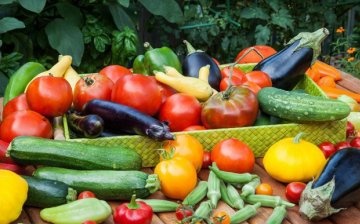

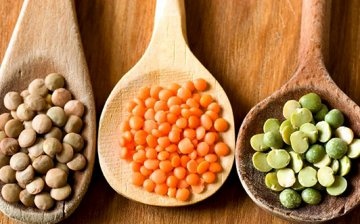
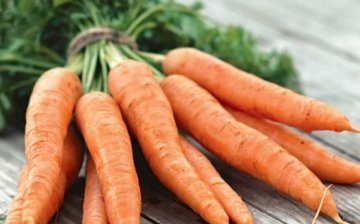
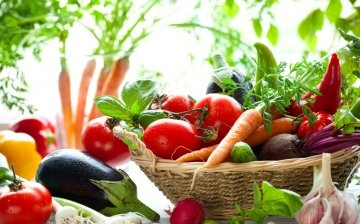
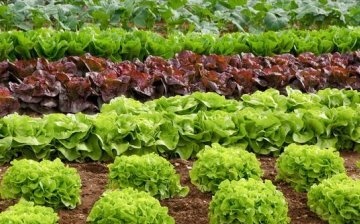
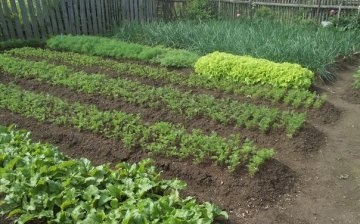








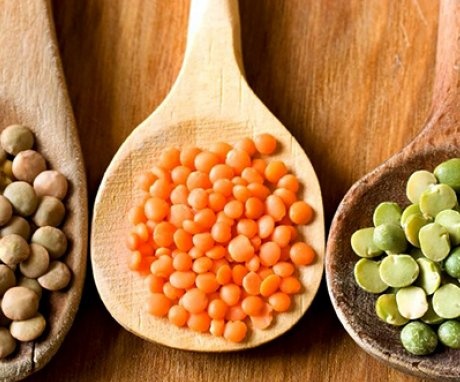
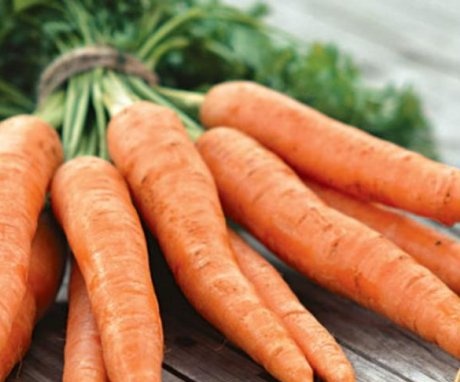
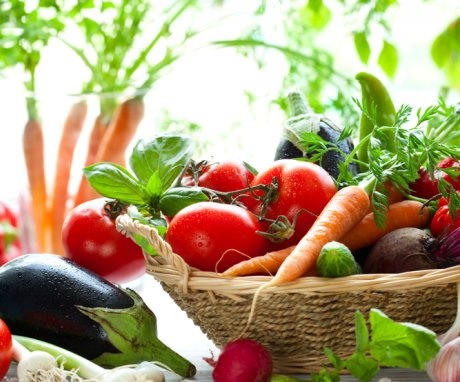
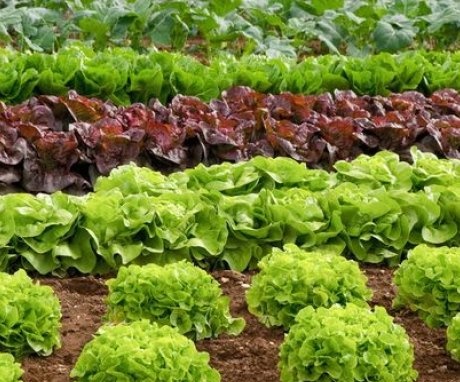

I never bothered about this topic, but the article interested me, now I will pay attention, maybe there really is something in it. I just planted tomatoes for 3 years in one place and for 4 years they were beaten by the disease, and this is also said in the article, we will alternate!
Personally, I constantly plant winter radish after harvesting. Very comfortably.But as for cucumbers, I plant them 2-3 times a summer and water them constantly. So we have cucumbers all summer.
We have a small plot, therefore, it is impossible to plant the same plant only after 4 years. We try, of course, to regularly change crops in places, but more often we just have to spare no fertilizer.